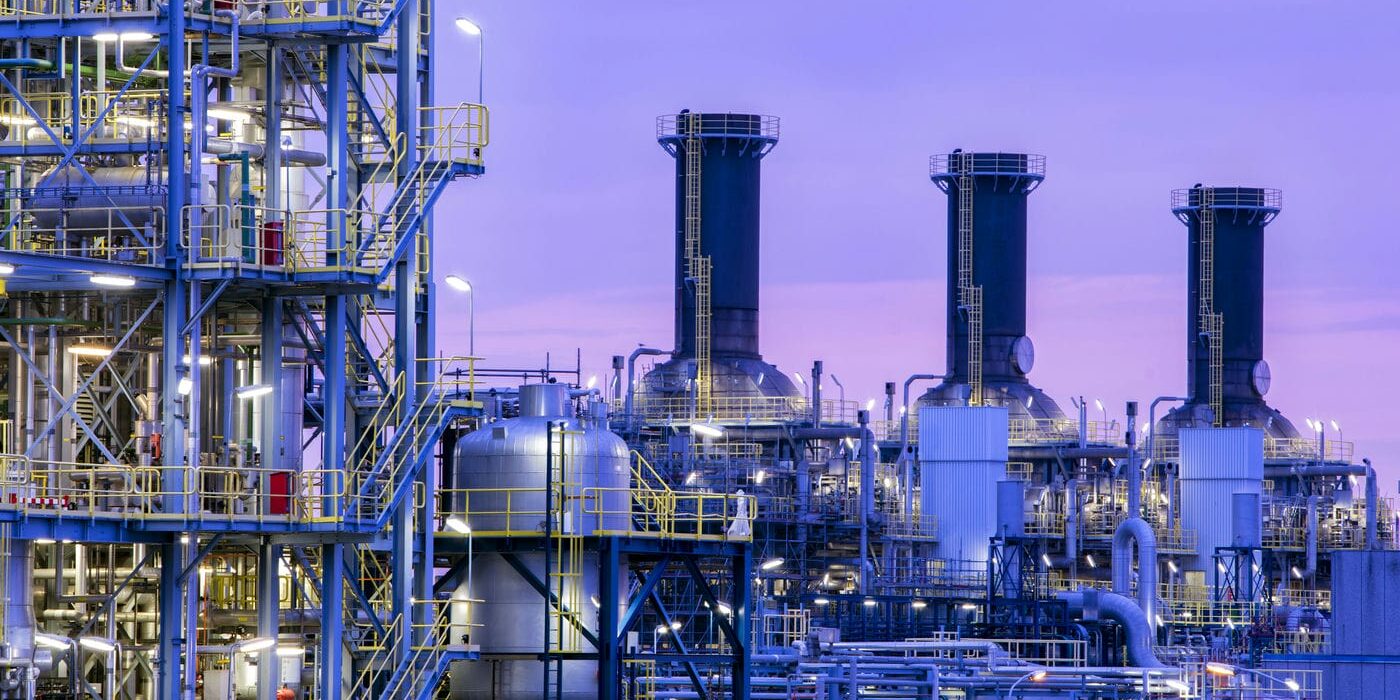Scada and Telemetry
Hazcon can help you determine your needs and identify the SCADA architecture necessary for your processes.
Professional Electrical Engineering Services
SCADA stands for “Supervisory Control and Data Acquisition”. It is a system that consists of both hardware and software that can be used to monitor and control processes and critical parameters such as temperature and pressure flow and can monitor the presence of hazardous substances – all without a human having to be present to take such measurements, log them, or be on site to make the adjustments necessary when one of the parameters reaches critically dangerous levels for example. All of this data can be sent to a central control system in real time, again not dependent on personnel to be present to collect and share the data.

Components of a SCADA System
Remember that SCADA is a systems approach. It includes both hardware and software. Hardware may include programmable logic controllers (PLCs) or remote terminal units (RTUs), for example. Their function is to collect information which is then sent to computers with SCADA software for processing. The software (which may be located remotely) makes data available to an operator (who may also be located remotely), who can analyze the data and make decisions.
This remote monitoring function of SCADA systems is referred to as “telemetry”. The means by which data is transmitted involves a wide array of possibilities, including radios, satellites, cable and infrared. SCADA systems range from simple arrangements to complex installations.

Use of SCADA Systems in Hazardous Locations
SCADA systems are well suited for use in hazardous locations where access by an employee might be difficult. A sensor on site, for example, can send data to the SCADA software safely located elsewhere for analysis and decision-making. A surface temperature of electrical equipment that dangerously approaches the maximum approved level can be identified and adjustments made before there is the possibility of unsafe conditions or damage to equipment. An employee does not need to be present to notice this happening. Valves and pumps can be controlled to ensure that a process is operating safely and efficiently. Necessary changes to ensure safety and avoid downtime can be made in real time.
Benefits of SCADA Systems
The benefits of SCADA systems can be summarized as follows:
- One operator can monitor multiple sites
- The SCADA system provides for records and for tracking performance and trends
- The system can be used to track a product’s performance after it has been installed and is being used
- SCADA systems can be used in environments that are inaccessible
- Processes can be monitored remotely and twenty-four hours a day, which may imply a cost savings
- Data that is critical for decision-making can be accessed from anywhere in the world and in real-time
- Advances in technology have resulted in SCADA systems that are secure, reliable and efficient
- Human errors are eliminated
- Costs related to monitoring and system controls are reduced
- Downtime involved in repairs and adjustments (because a problem was allowed to grow before it was addressed) is reduced
Next Steps
Whether you have a production facility, work in an oil or gas refinery, or a wastewater plant, SCADA can help you achieve your goals safely and efficiently.
Hazcon can help you determine your needs and identify the SCADA architecture necessary for your processes. We can help you consider various options, from simple to more complex, and do a cost/benefit analysis. Even if your operation is small, SCADA offers considerable advantages and benefits.
Request a Consultation
Complete the form below to get started.
